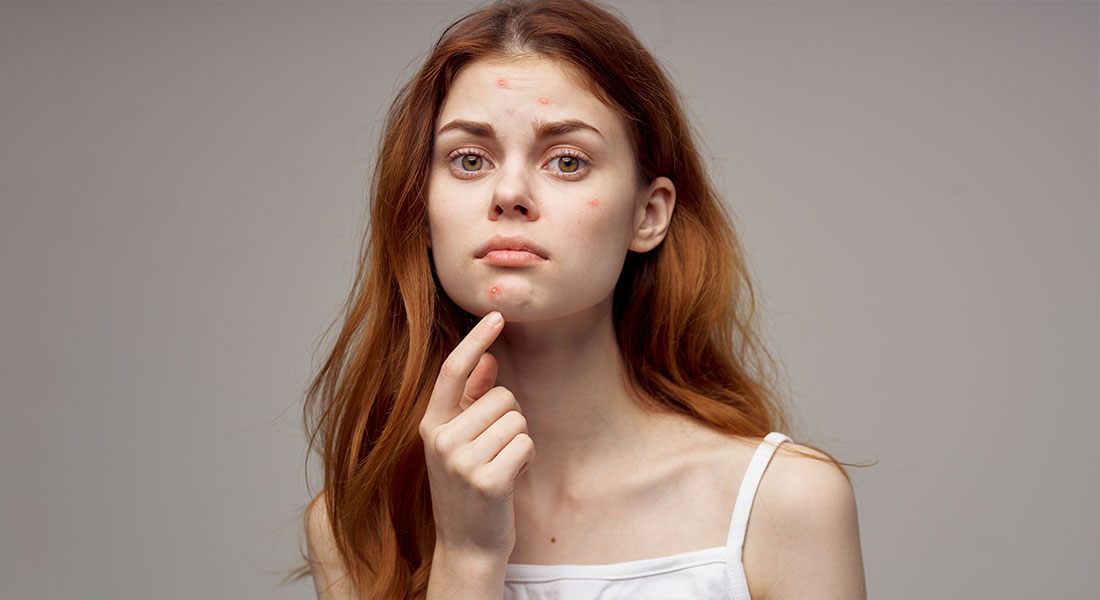
The Wonders Chemical Peel Can Do For Your Skin

While it may seem ironic, peeling off your skin can be an effective way to make it more beautiful. Though you surely don’t appreciate the appearance and texture of your skin when peeling, there’s a cosmetic procedure that will make your skin peel first before it gets rid of the wrinkles, fine lines and uneven skin tone. Chemical peel rejuvenates the skin by removing the damaged skin through peeling.
While it became popular in the late ’90s, chemical peel is still one of the sought-after cosmetic procedures nowadays. According to a report by the American Society of Plastic Surgeons, chemical peel is one of the Top 5 Cosmetic Minimally-Invasive Procedures in 2017, with around 1.4 million cases administered in the United States alone.
What makes chemical peel a popular choice of beauty procedure until today? Is it worth trying? Here are some of the basics that you need to know to find out if chemical peel is the right treatment for your skin condition.
Benefits of Chemical Peel
Popularly known as chemical peeling, chemoexfoliation is a method of removing targeted skin surgically using certain agents, resulting in an improved skin appearance. The goal of this procedure is to remove a uniform thickness of damaged skin for normal wound healing and skin rejuvenation to occur.
With the aim of enhancing the overall appearance of the skin, chemical peel provides the following benefits:
- Decrease the quantity and quality of fine lines and/or acne scars
- Reduce inflammatory and noninflammatory acne lesions
- Improve dyspigmentation
- Produce a more youthful appearance of the skin
Chemical peel is an outpatient procedure. Since it only takes around 15 minutes, the patient’s daily routine is not affected.
Types of Peels
According to the depth of the wound created by the peel, chemical peels are classified into: superficial, medium-depth, and deep peels. Superficial peels cause epidermal exfoliation of the granular layer up to the basal layer (depth = 0.45 mm). Medium peels reach the papillary dermis (depth = 0.6 mm), while deep peels reach the midreticular dermis (depth = 0.8 mm). While it delivers more apparent results, deeper peeling results in greater discomfort and risks.
Superficial Peels
As superficial peelings affect only the epidermis, it is the mildest and safest option compared to other peels. In superficial peels, the subsequent skin peeling or shedding is usually thin and pale in color.
Superficial peels are ideal for improving the skin texture and treating acne, lighten spots, reduces the effect of wrinkles, and stimulates collagen renewal. Below are some of the popular superficial peel agents:
One of the popular and time-tested superficial peeling agents is glycolic acid, an alpha-hydroxy acid derived in sugar cane or synthesized from formaldehyde.
Superficial exfoliation with glycolic acid is known to be effective in the treatment of superficial hyperpigmentation, active acne, mild to moderate chrono and photoaging, and fine lines. Additionally, glycolic acid is often considered the first choice of chemical peeling agent for treatment of melasma.
After cleansing the skin with alcohol, the glycolic acid solution will be applied using a brush or gauze. A whitish gray color with frost-like appearance will emerge after three to seven minutes. Afterwards, an alkaline neutralizing agent will be introduced. This may cause burning or stinging sensation. After neutralization, the skin should be cleansed gently.
Following the procedure, the skin may become red and may swell. Stringy or patchy light frosting may also develop. The exfoliation process typically occurs over several days. New skin and mucous membranes will replace the damaged superficial cells within 7 to 10 days.
To achieve desired result, peeling must be repeated once every 15 days for four to six months.
Salicylic acid is a peeling agent known to be effective in the treatment of skin disorders involving excess oil production like acne. In fact, 30% salicylic acid is often considered the “gold standard” superficial peel for the treatment of acne and has demonstrated excellent clinical efficacy for the treatment of mild to moderate acne. However, Salicylic acid is less commonly used as an agent for photorejuvenation and hyperpigmentation.
Unlike glycolic acid that needs to be neutralized by another agent, salicylic acid is self-neutralized by the skin’s own endogenous lipoproteins.
Structurally similar to glycolic acid, lactic acid is another known peeling agent. It is effective in treating photodamage, superficial hyperpigmentation, and fine lines.
Just like glycolic acid, lactic acid needs to be neutralized and exfoliation after treatment occurs over several days. New skin and mucous membranes will replace the damaged superficial cells within 7 to 10 days.
Pyruvic acid is a peeling agent known for its antimicrobial, anti-seborrheic and keratolytic properties. It can also stimulate the formation of new collagen and elastic fibers. With these properties, pyruvic acid makes an effective peeling agent in treating acne, extrinsic aging, and superficial scarring.
Through the years, chemical peel has proven to be an effective procedure for skin rejuvenation. It is best to consult a health professional on what type of chemical peel will work best for your skin condition.
References
https://www.ncbi.nlm.nih.gov/pmc/articles/PMC6122508/
Chemical peels: review and practical applications
http://www.surgicalcosmetic.org.br/exportar-pdf/5/5_n1_253_en/Peelings-quimicos–revisao-e-aplicacao-pratica
2017 Cosmetic Plastic Surgery Statistics
https://www.plasticsurgery.org/documents/News/Statistics/2017/plastic-surgery-statistics-report-2017.pdf
Glycolic acid peel therapy – a current review
https://www.ncbi.nlm.nih.gov/pmc/articles/PMC3875240/














